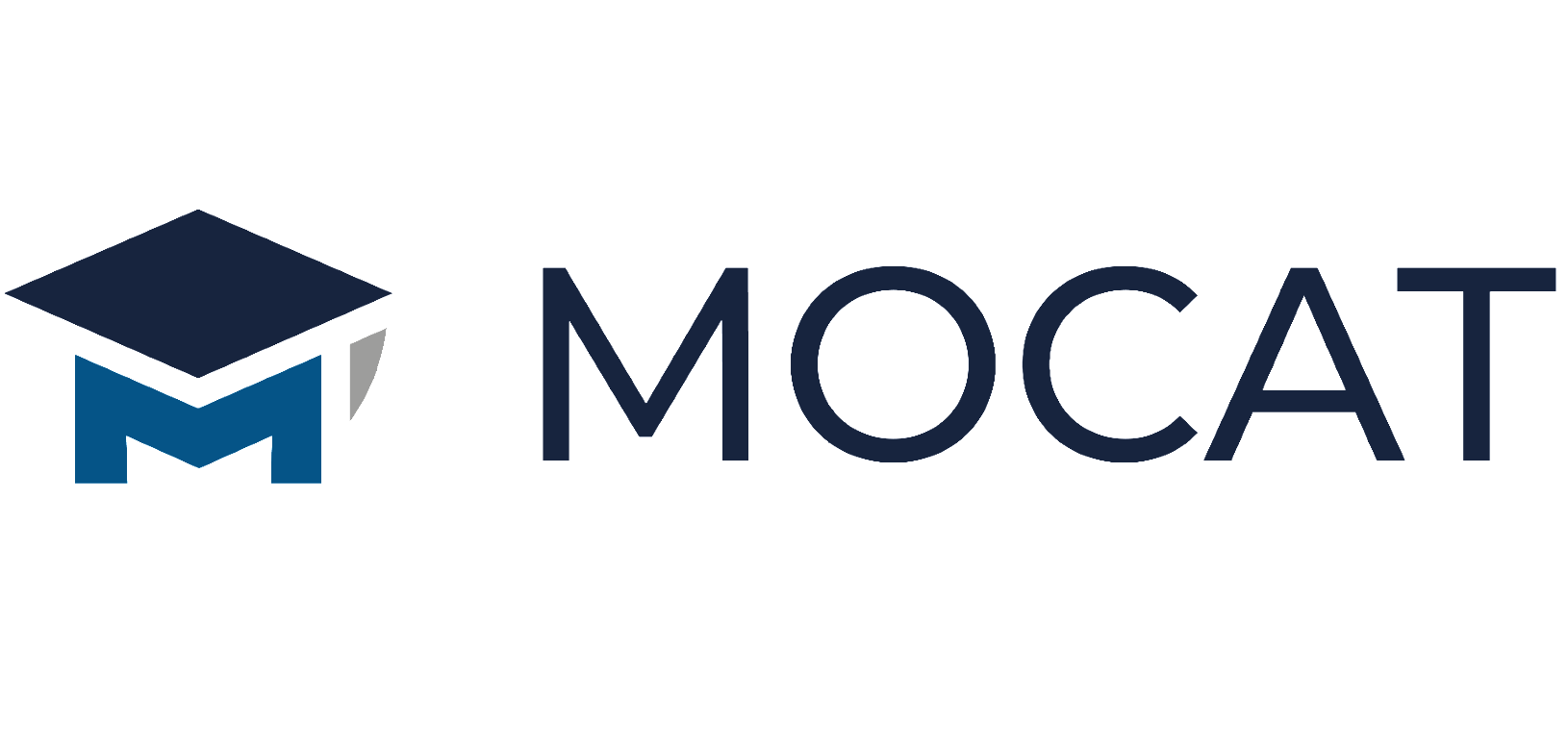TECHNOLOGY FOR LEARNING OUTCOMES
|
Name of the course: |
TECHNOLOGY FOR LEARNING OUTCOMES |
|
Course description: What is the course about? What do the participants learn? |
The aim of this course is to increase teachers' skills in using technology to help students achieve learning outcomes and to prepare them for the work after graduation. Increased technology competency provides teachers with effective ways to teach and reach students with different needs. In addition, it also helps teachers simplify their work with the help of technology and therefore become more effective. We live in a world of digital opportunities, technology in learning is not only a must-have in21st century but also a great help in the learning process when it is used in the right way and chosen. This course is not a collection of tutorials dedicated to specific programs, its aim is to show the way of converting didactic content into tasks carried out with the use of various types of digital solutions, allowing to achieve the assumed learning outcomes, which are specific, measurable and marked by the sense of taking up activities in their field.
|
|
Main topics:
|
Chapter 1: How to start implementing technology in the teaching process
Chapter 2: How to build learning outcomes and combine them with technology?
Chapter 3: Case study #1
Chapter 4: Case study #2
Chapter 5: Case study #3
Chapter 6: Case study #4
Chapter 7: Case study #5
|
|
Authors: |
Marcin Czyżuk, Mirosław Zientarski
|
|
University: |
WSB University in Toruń, Poland
|


Comments ()